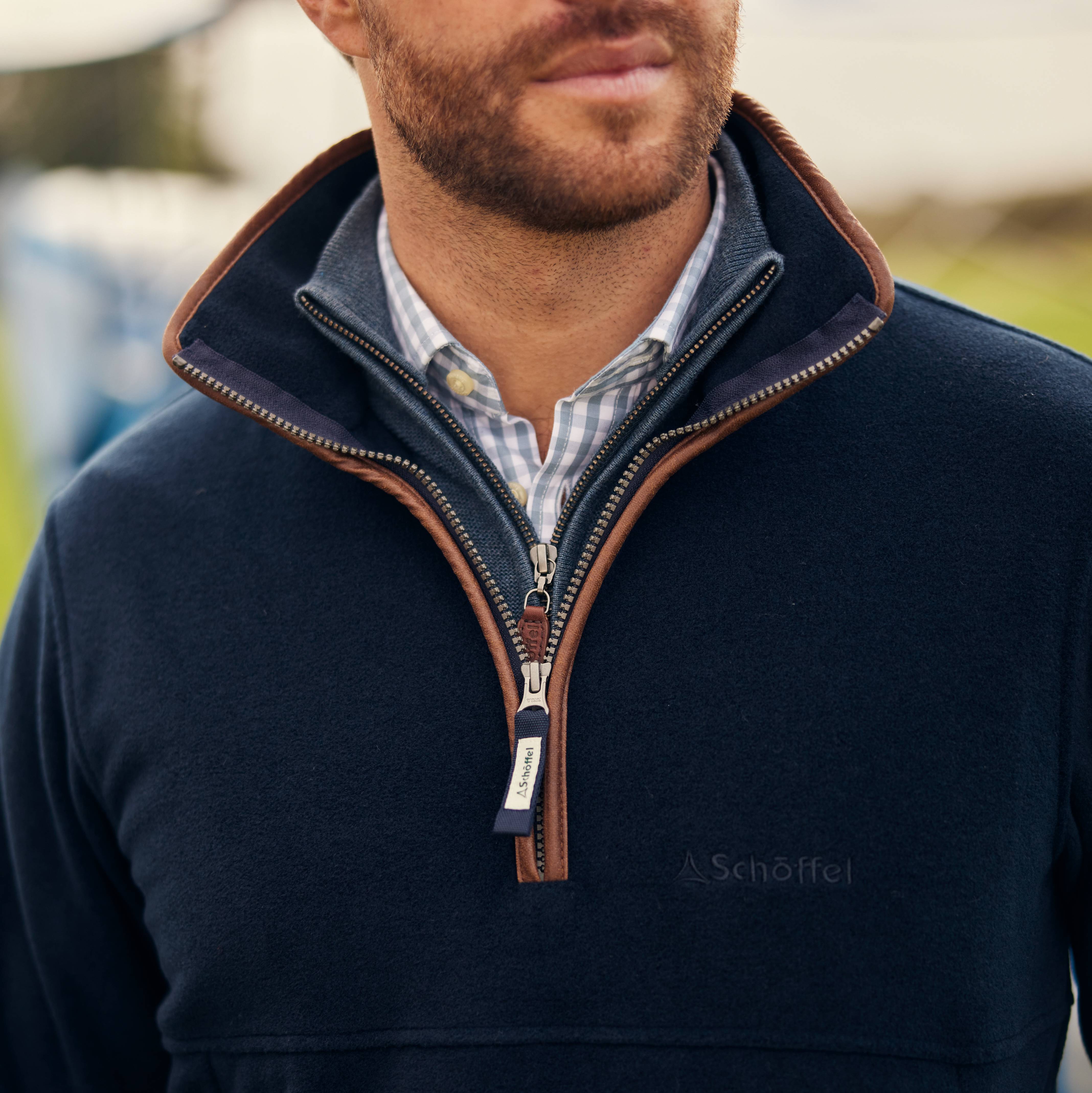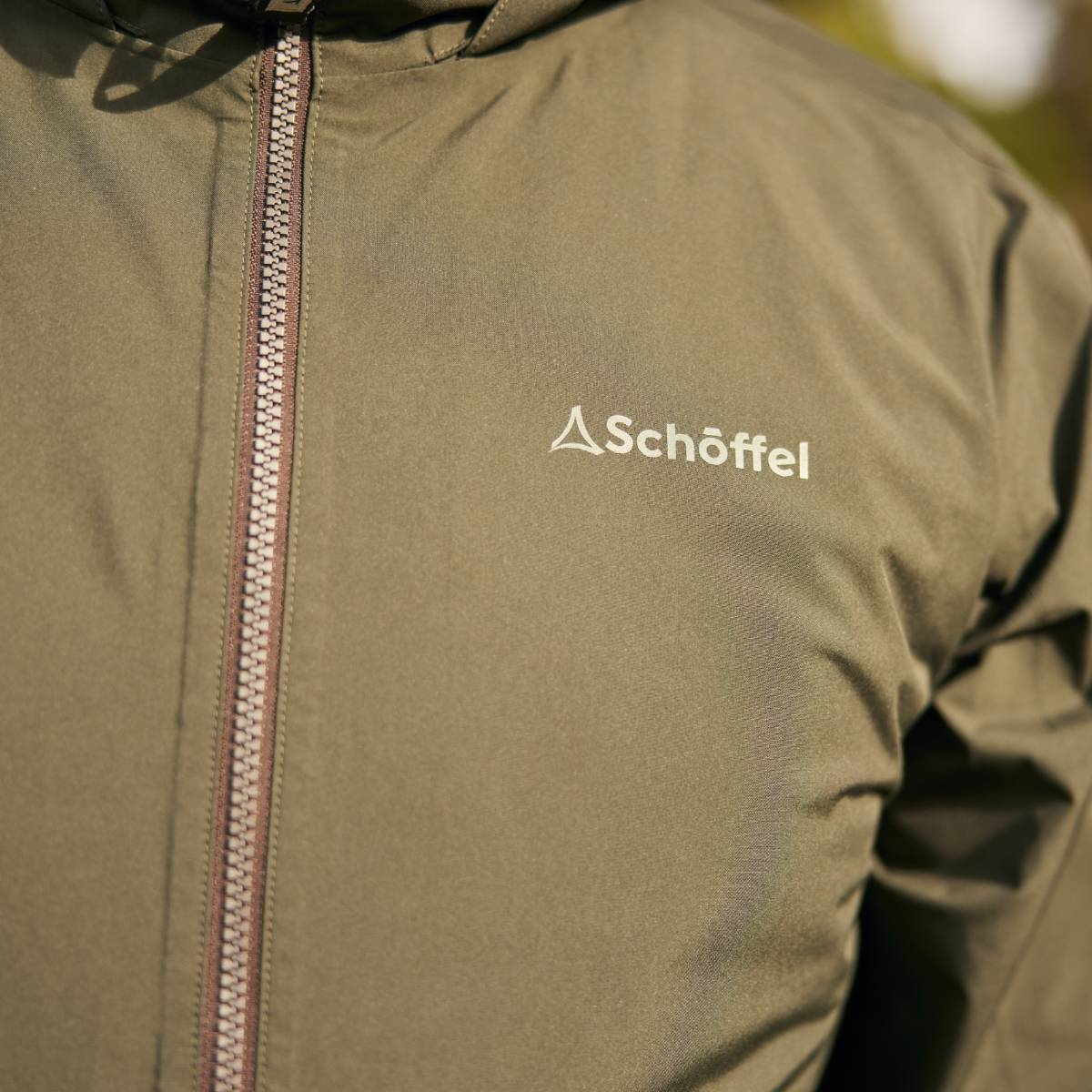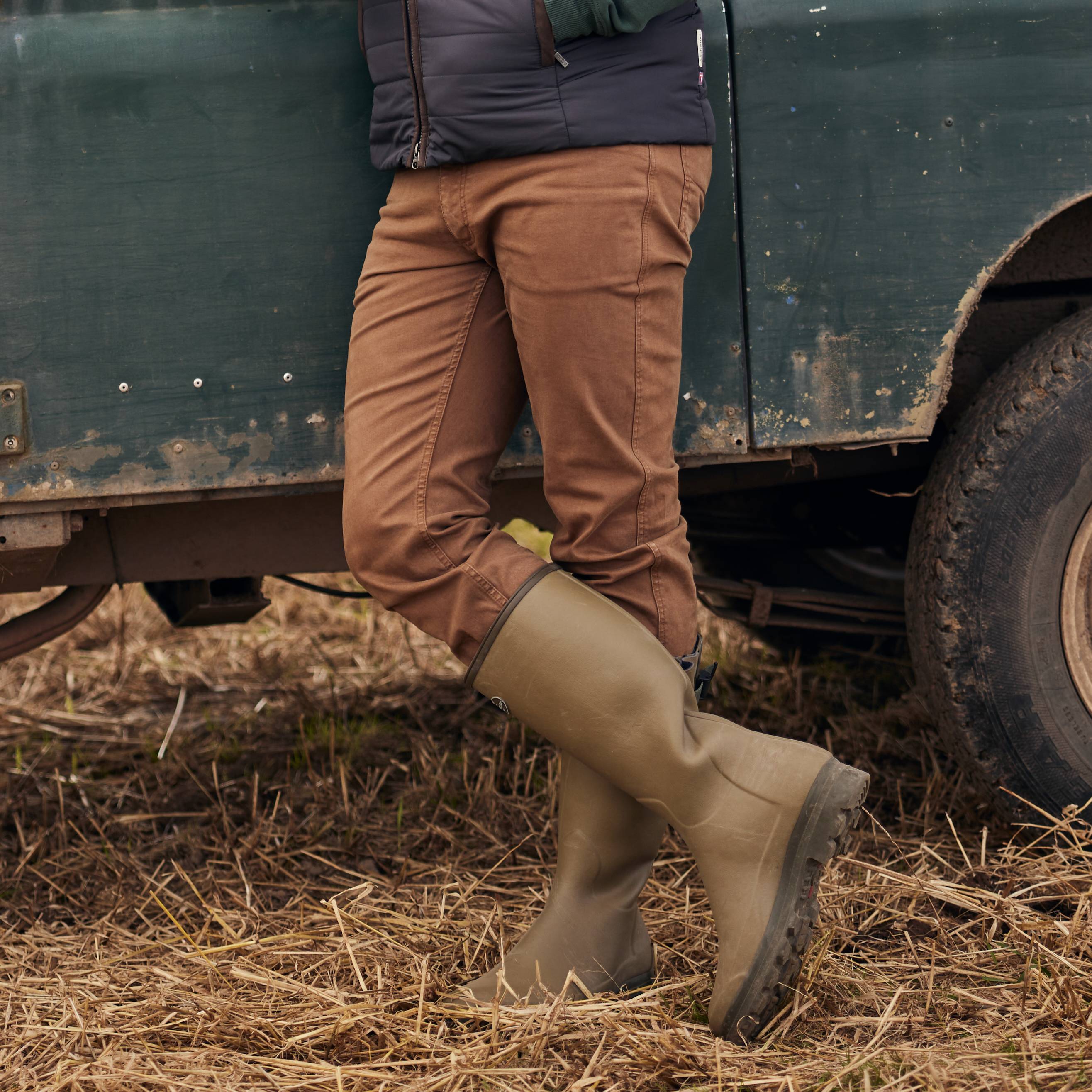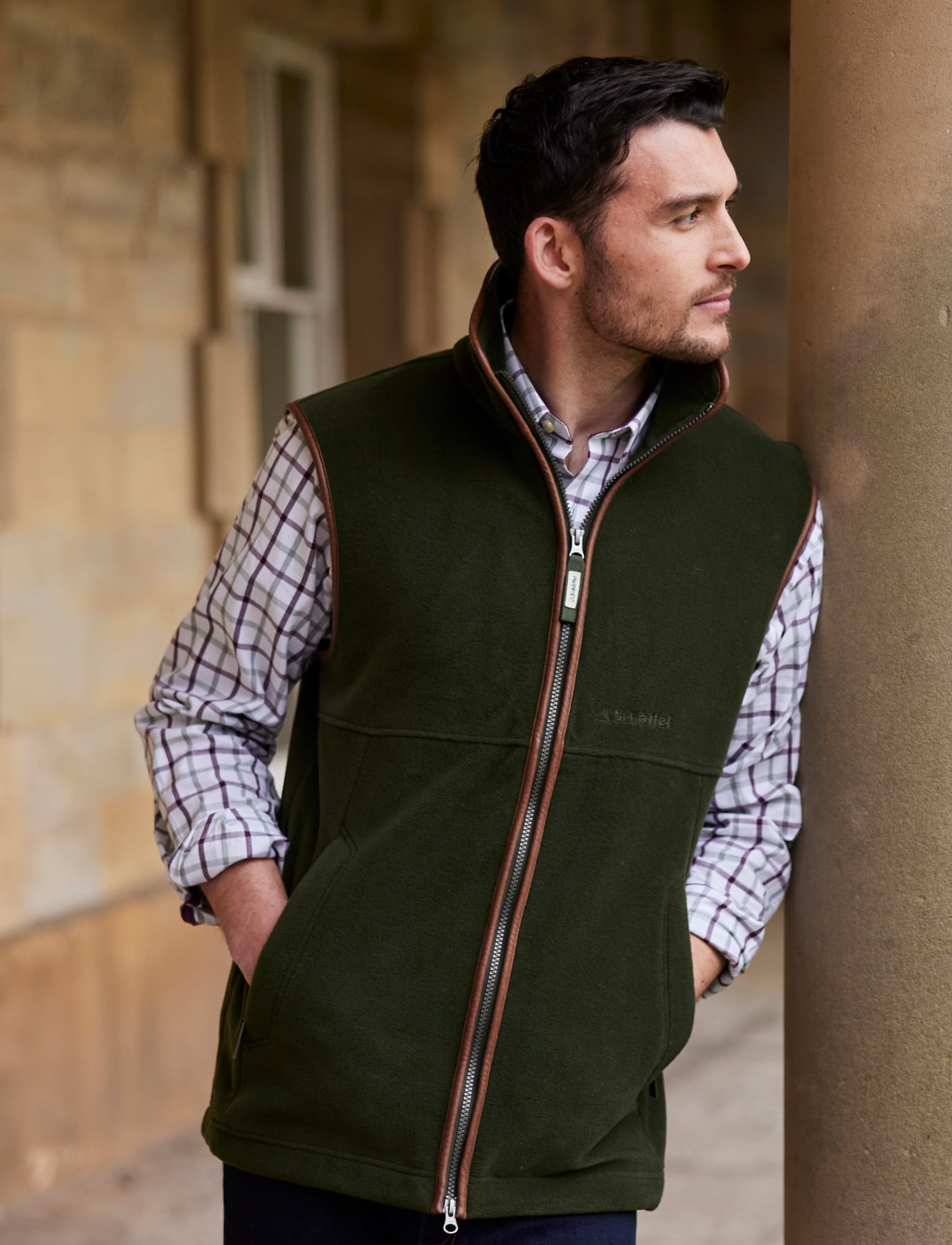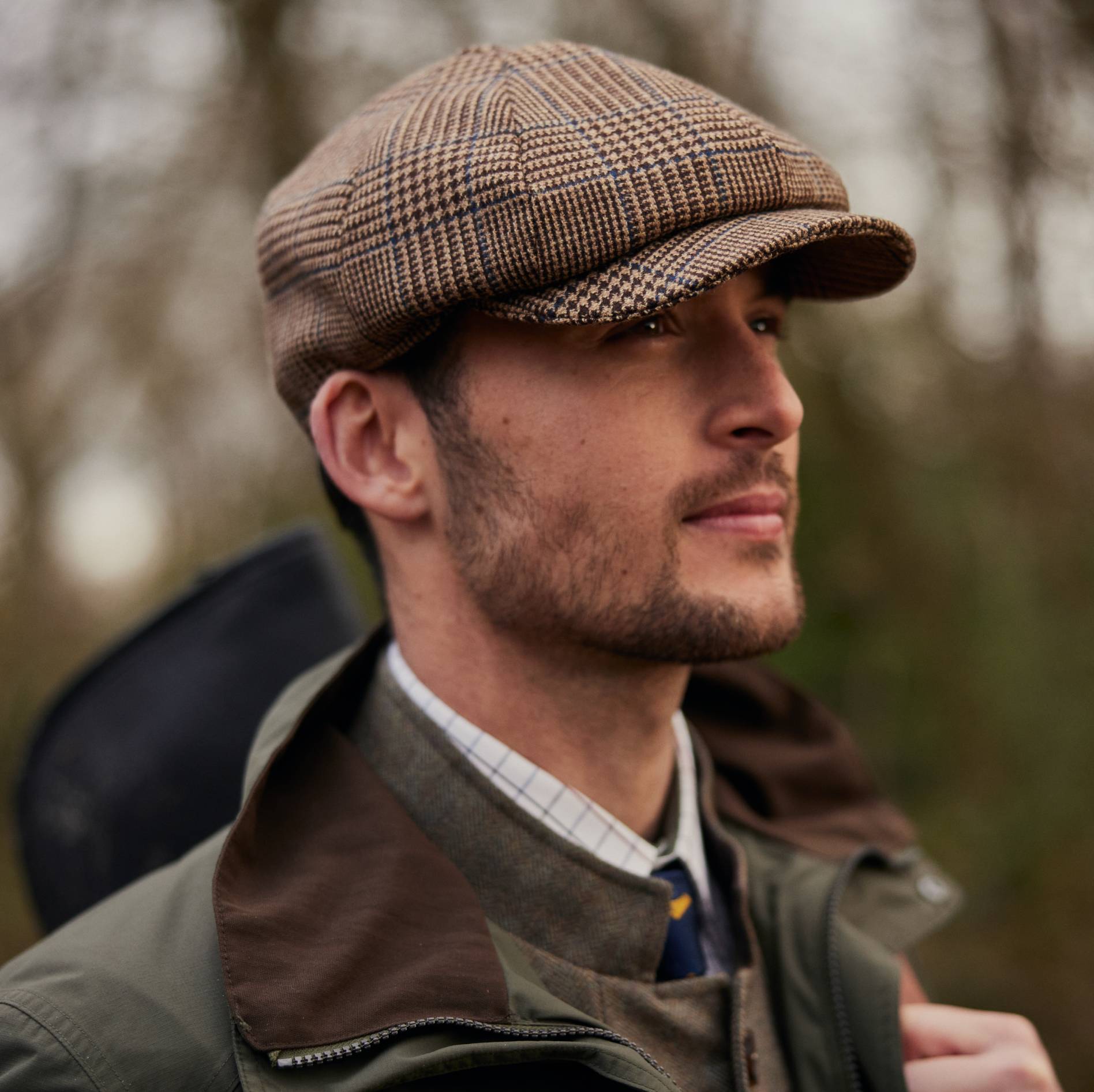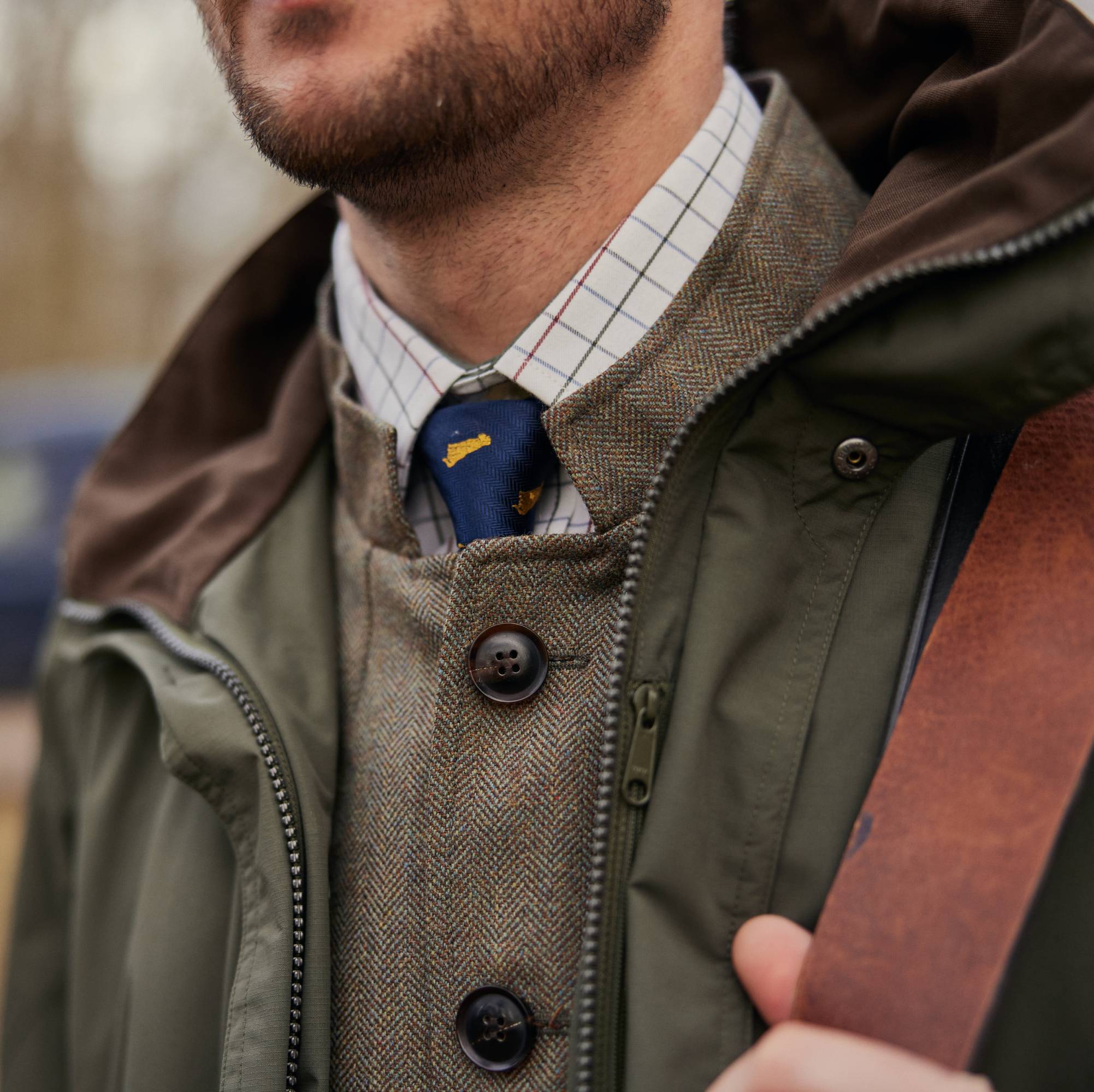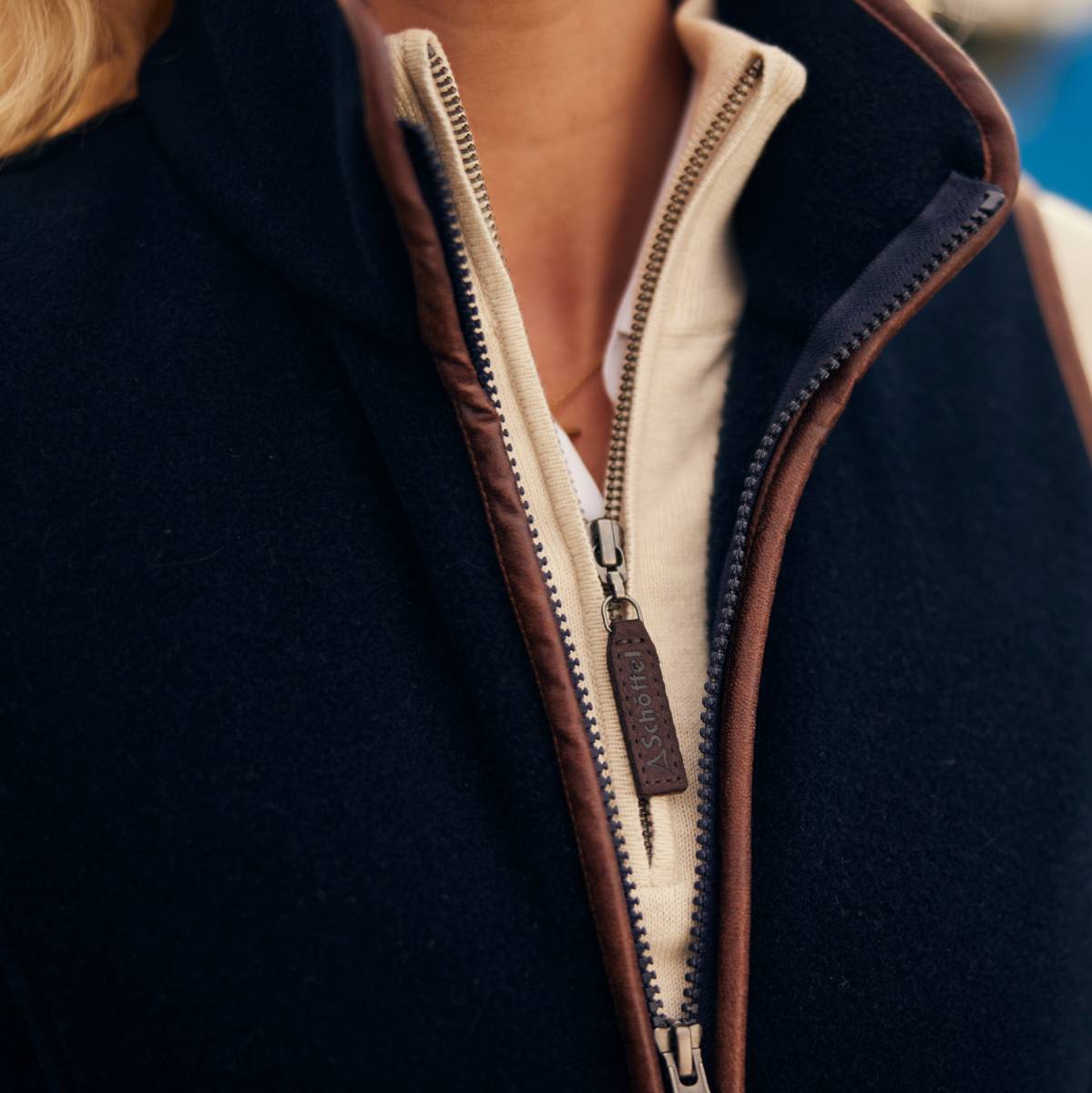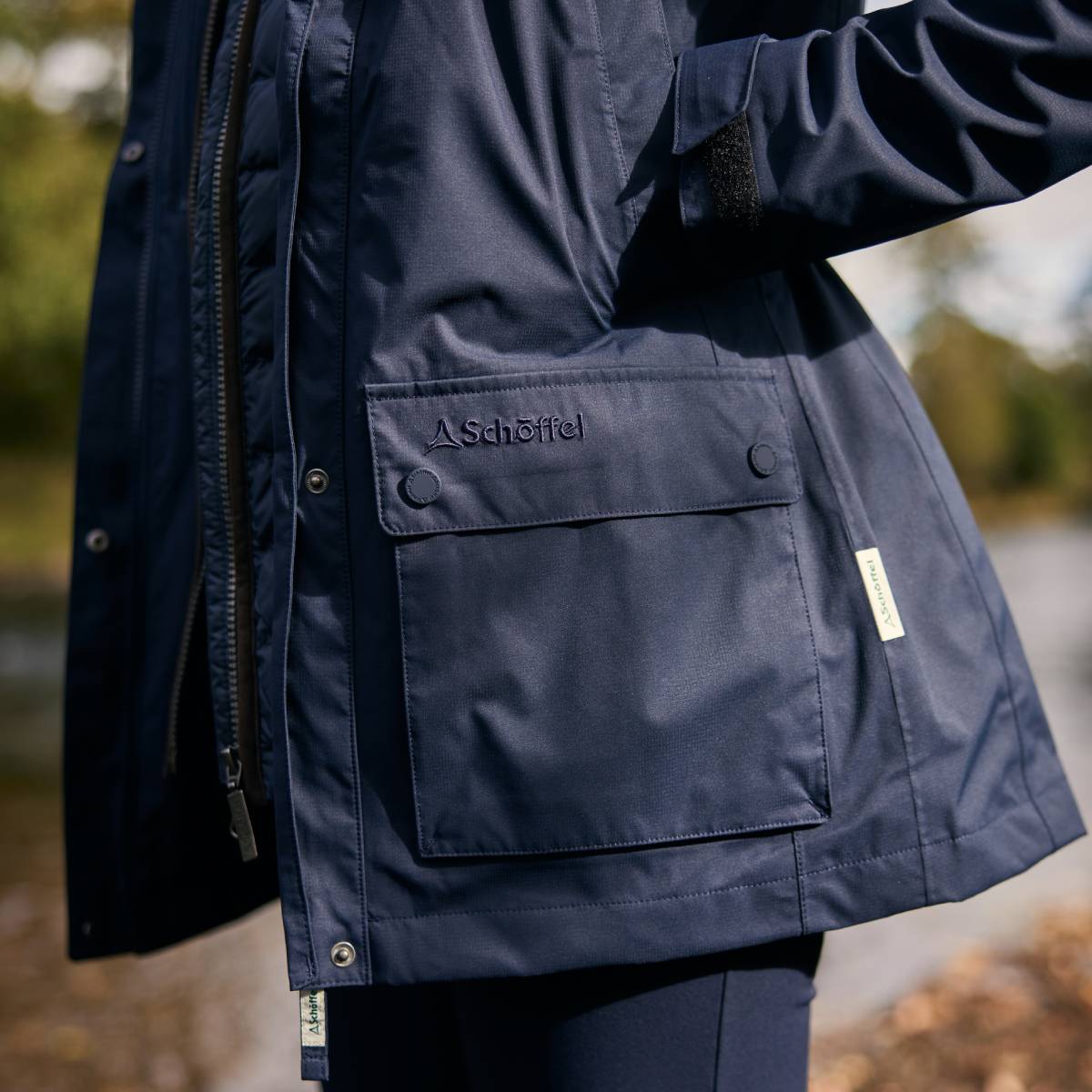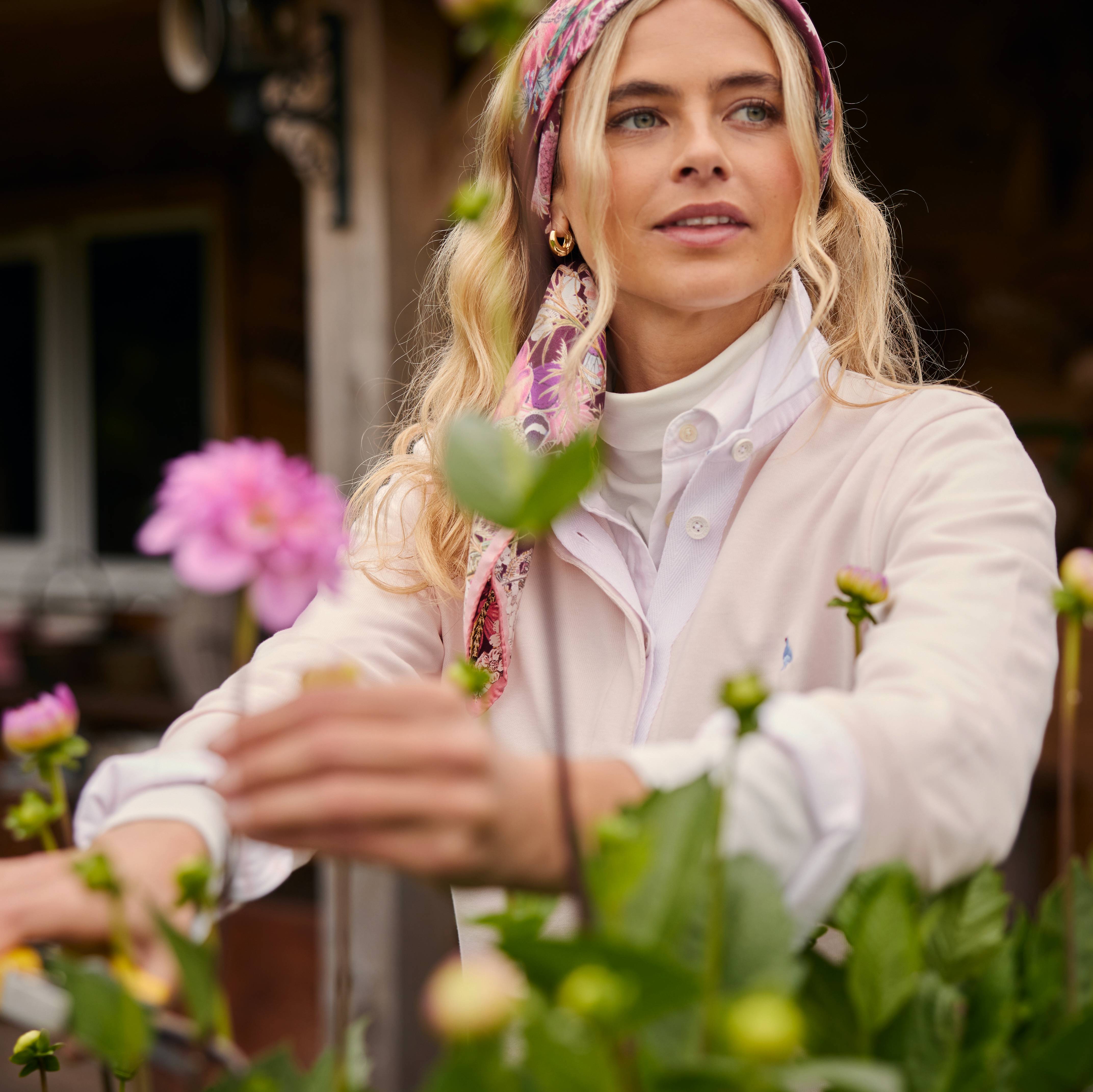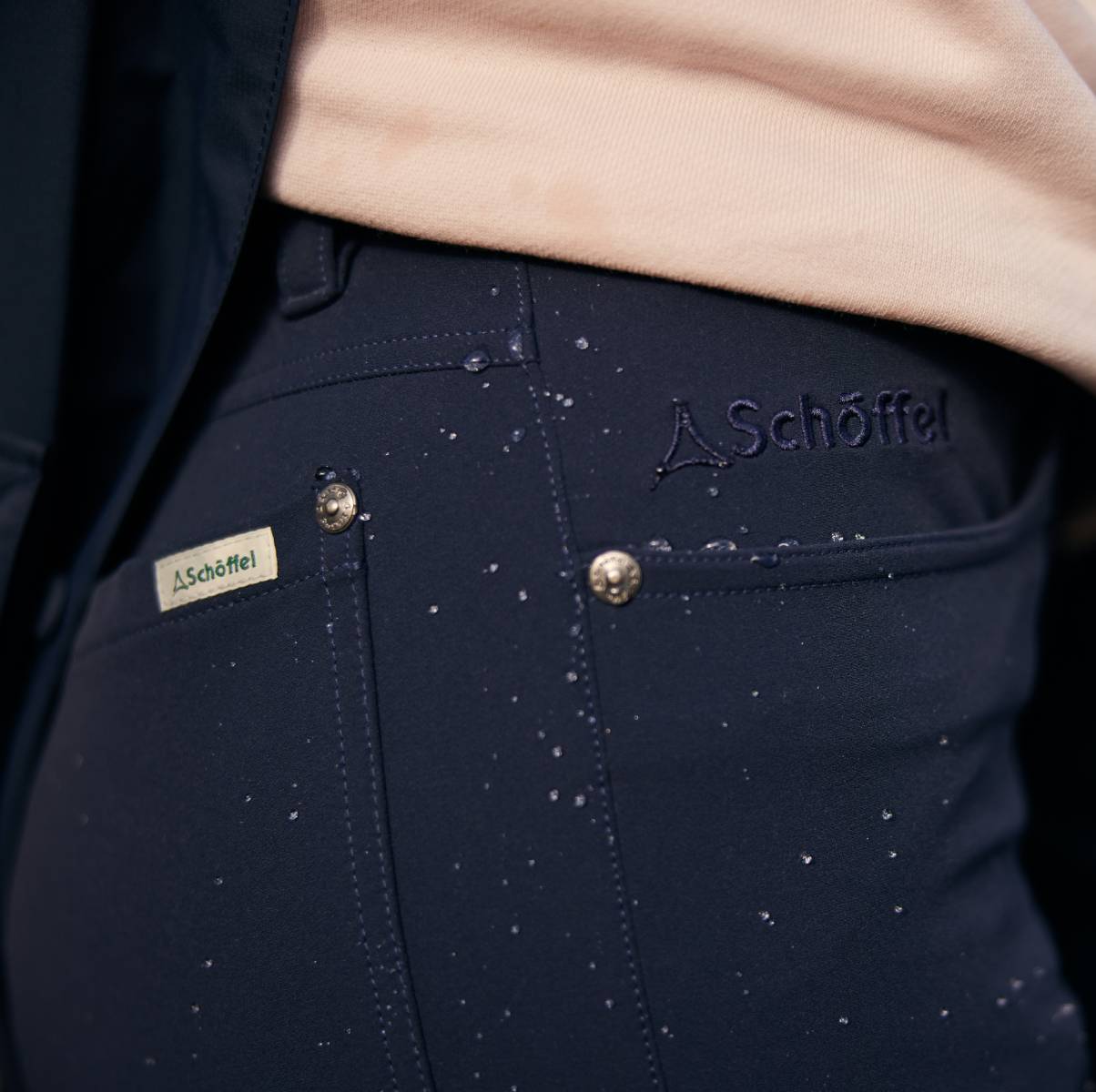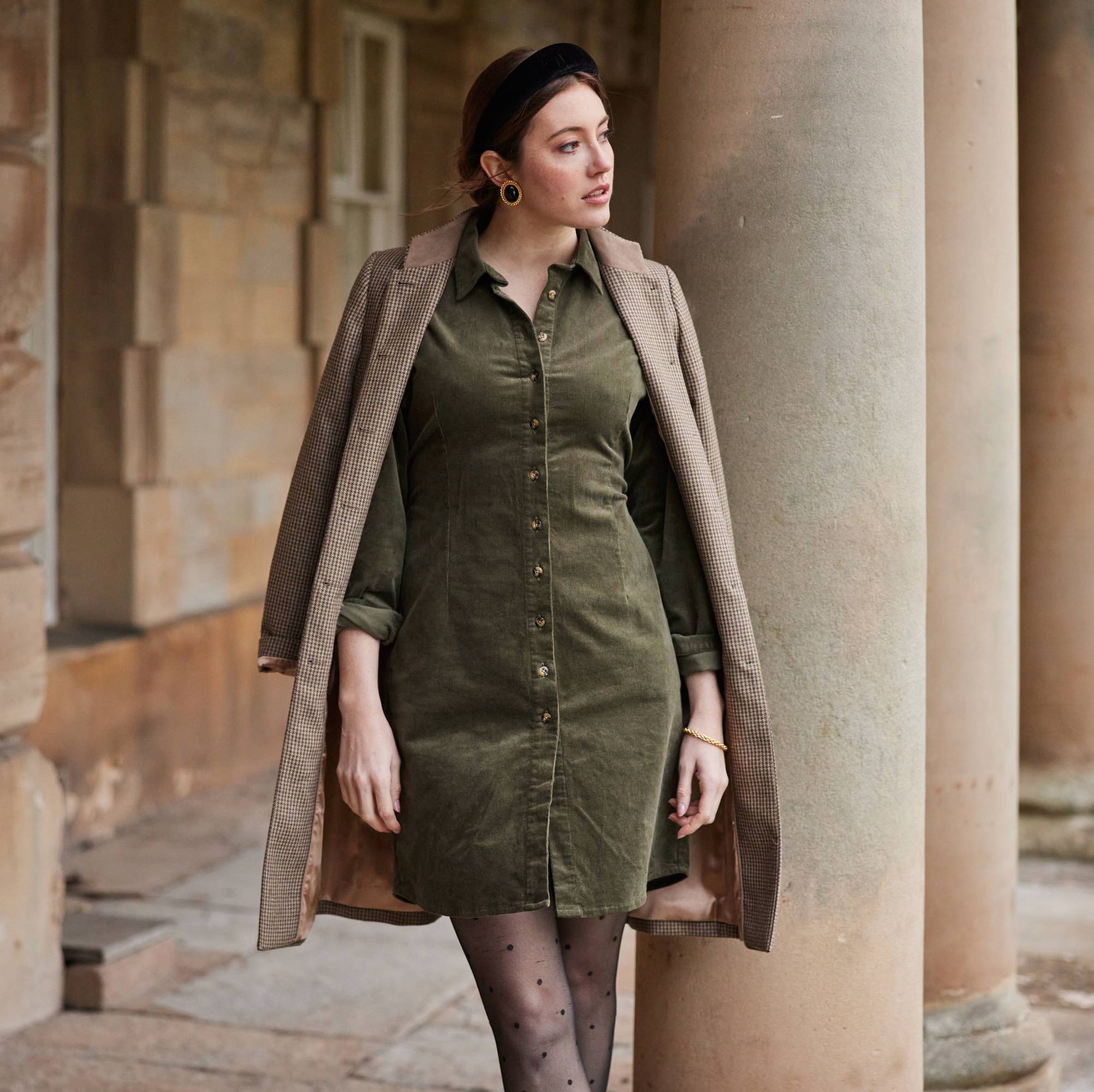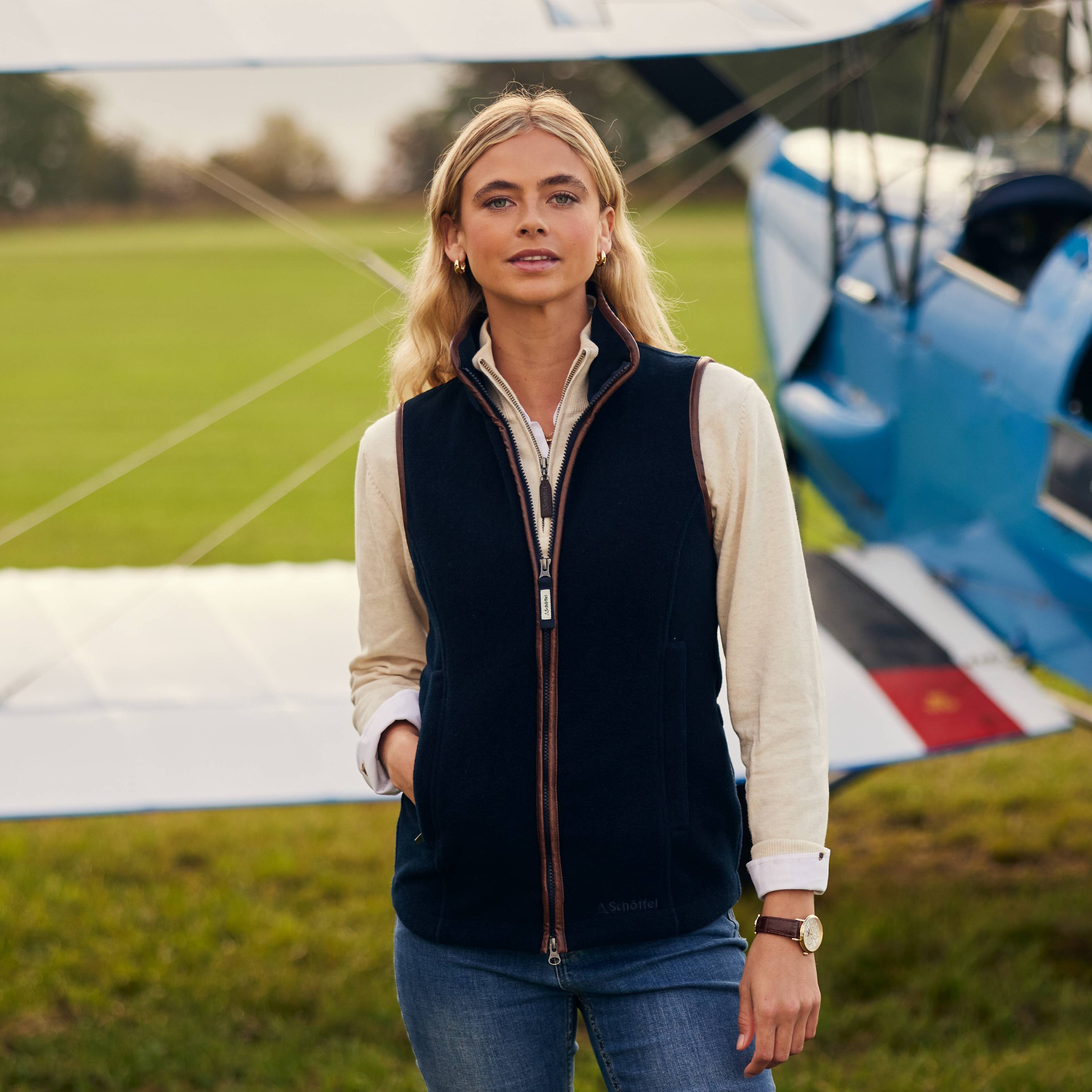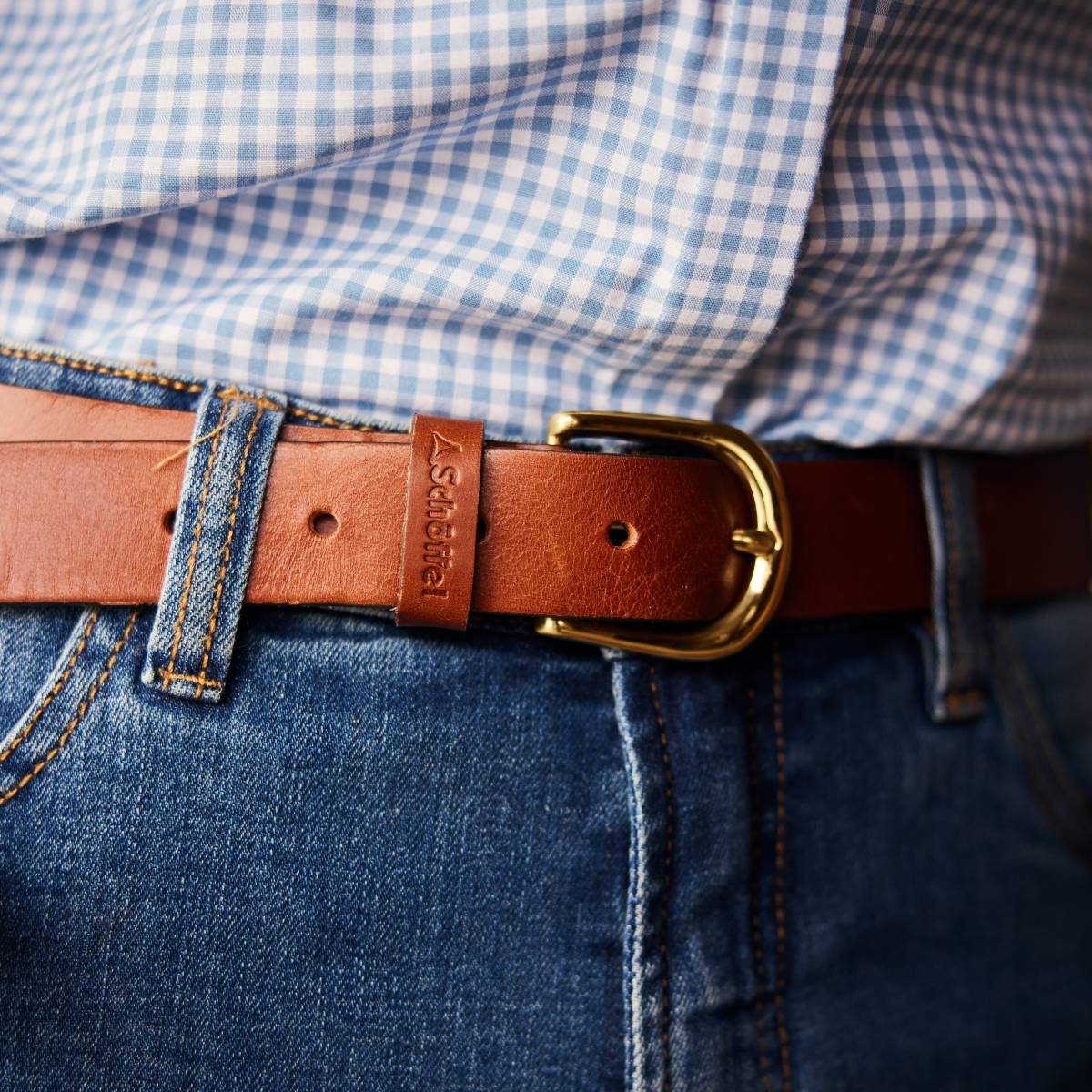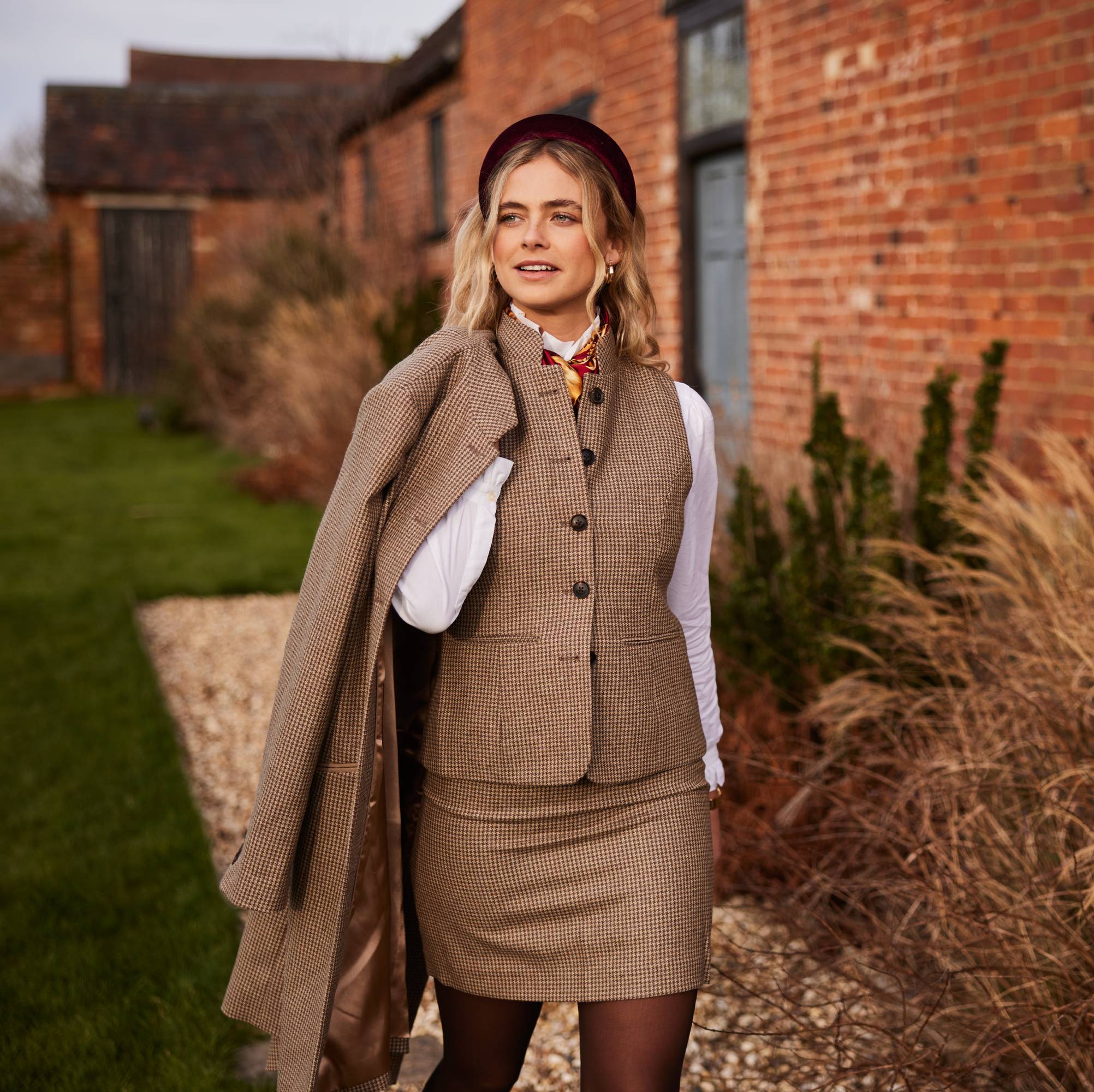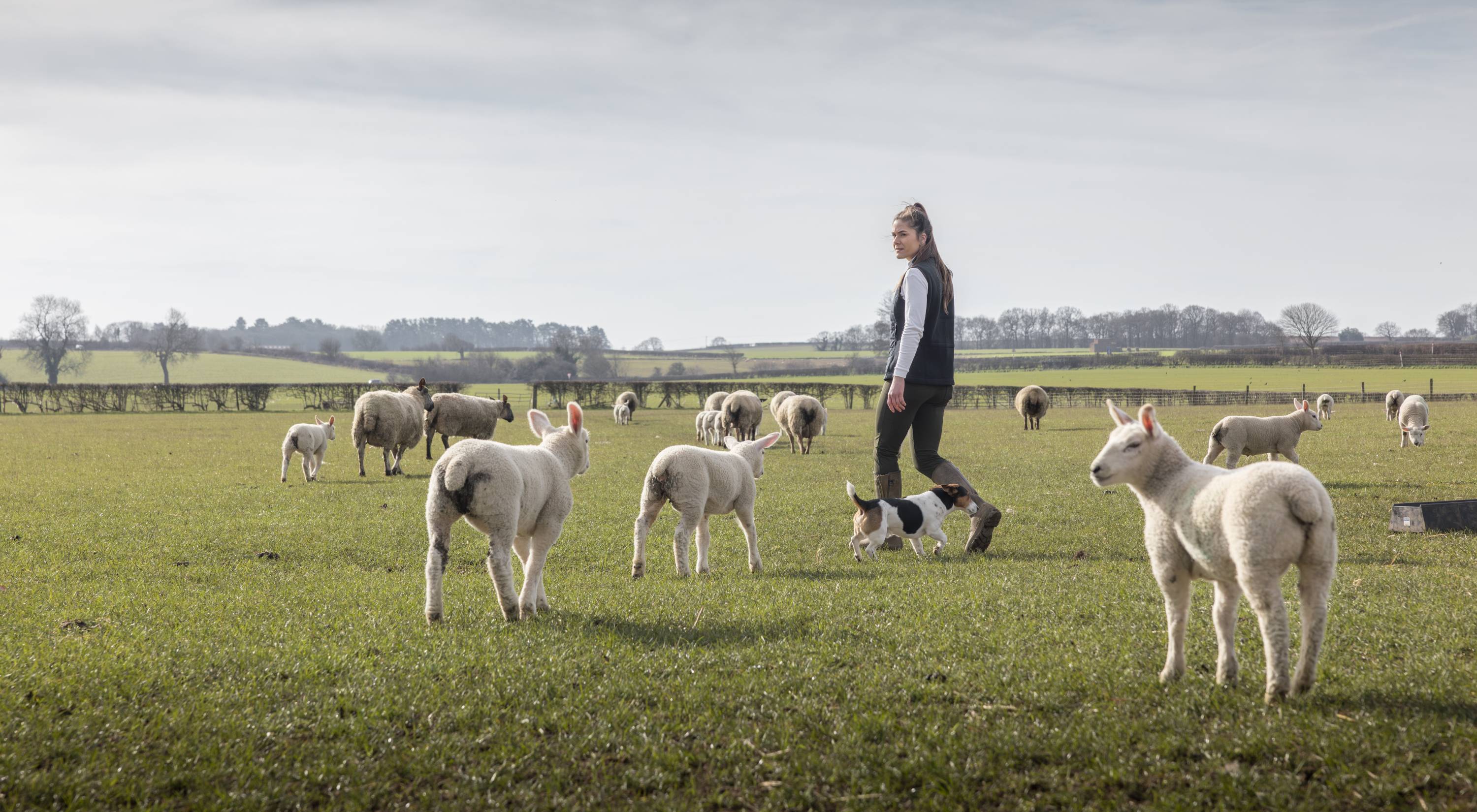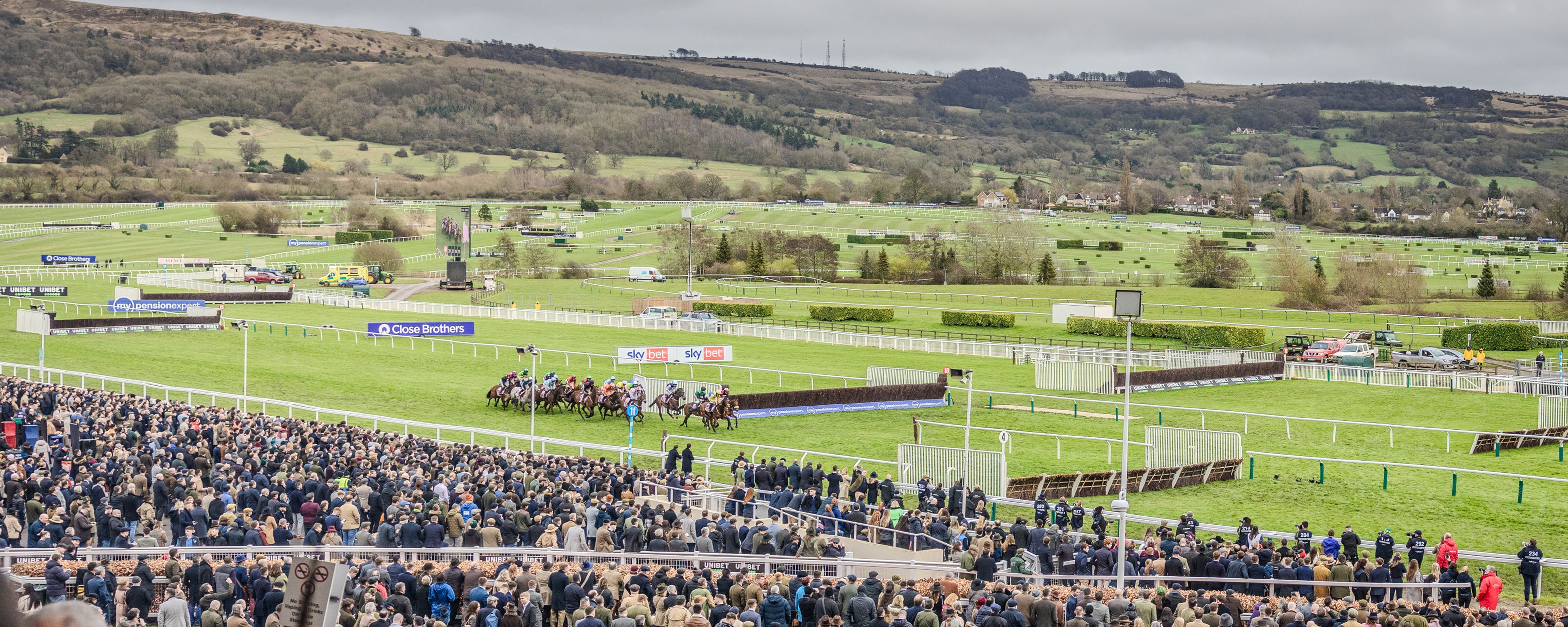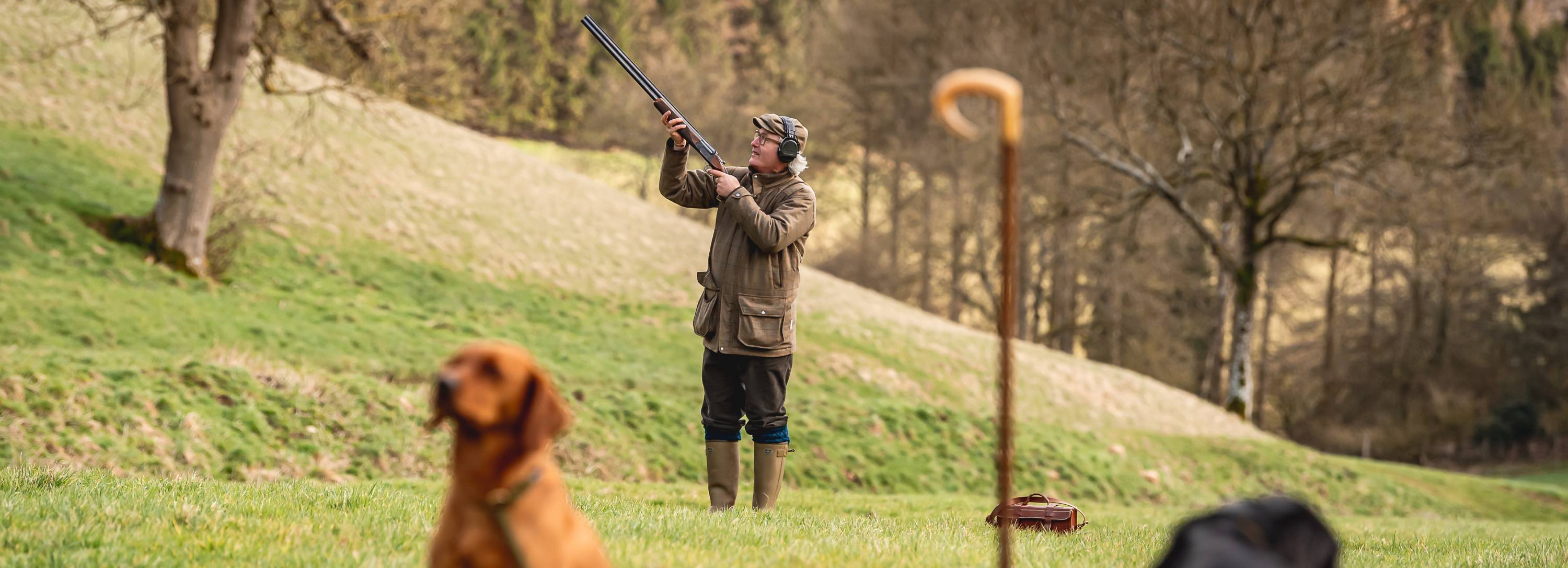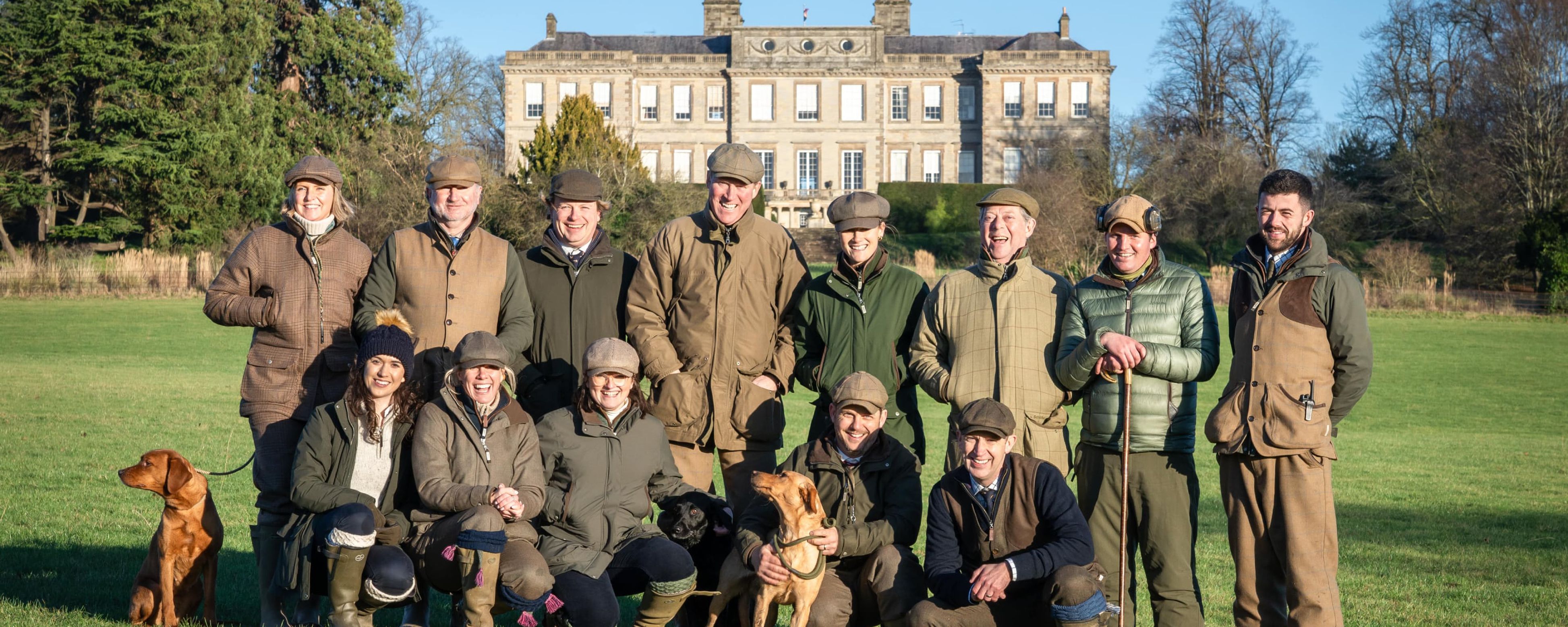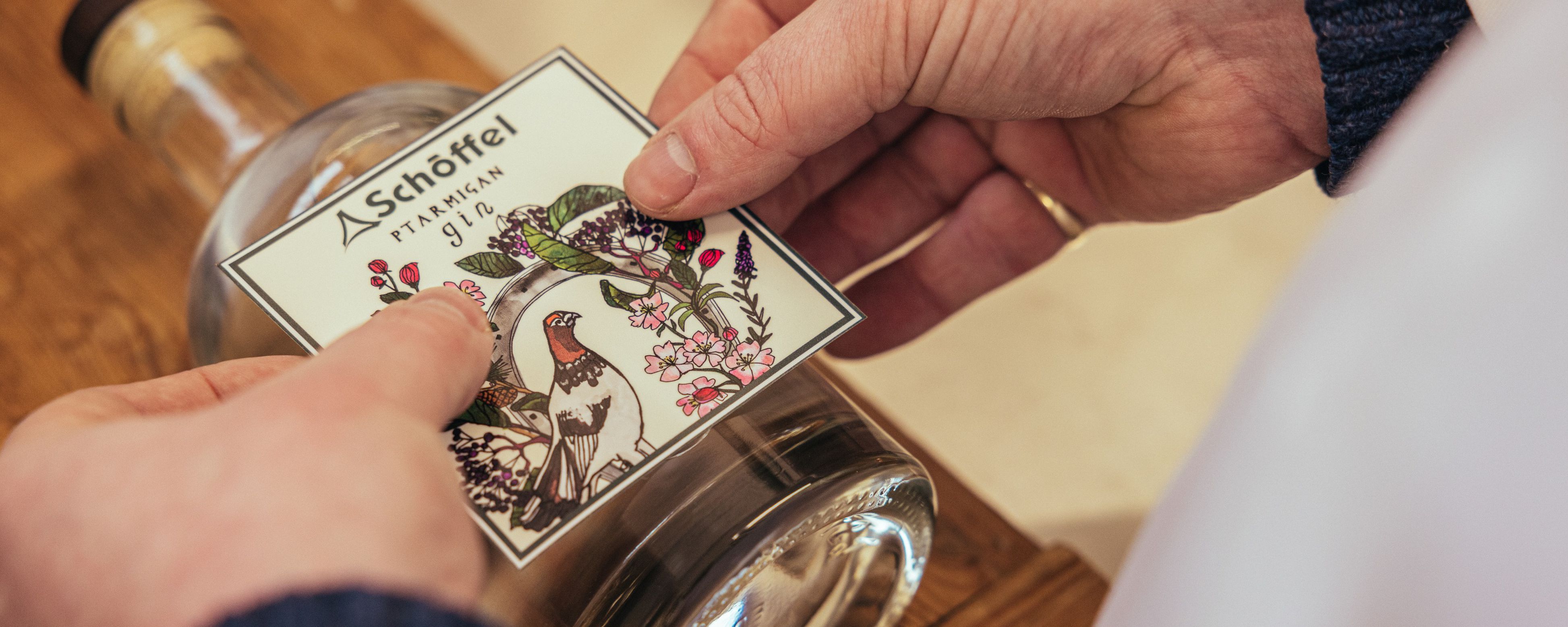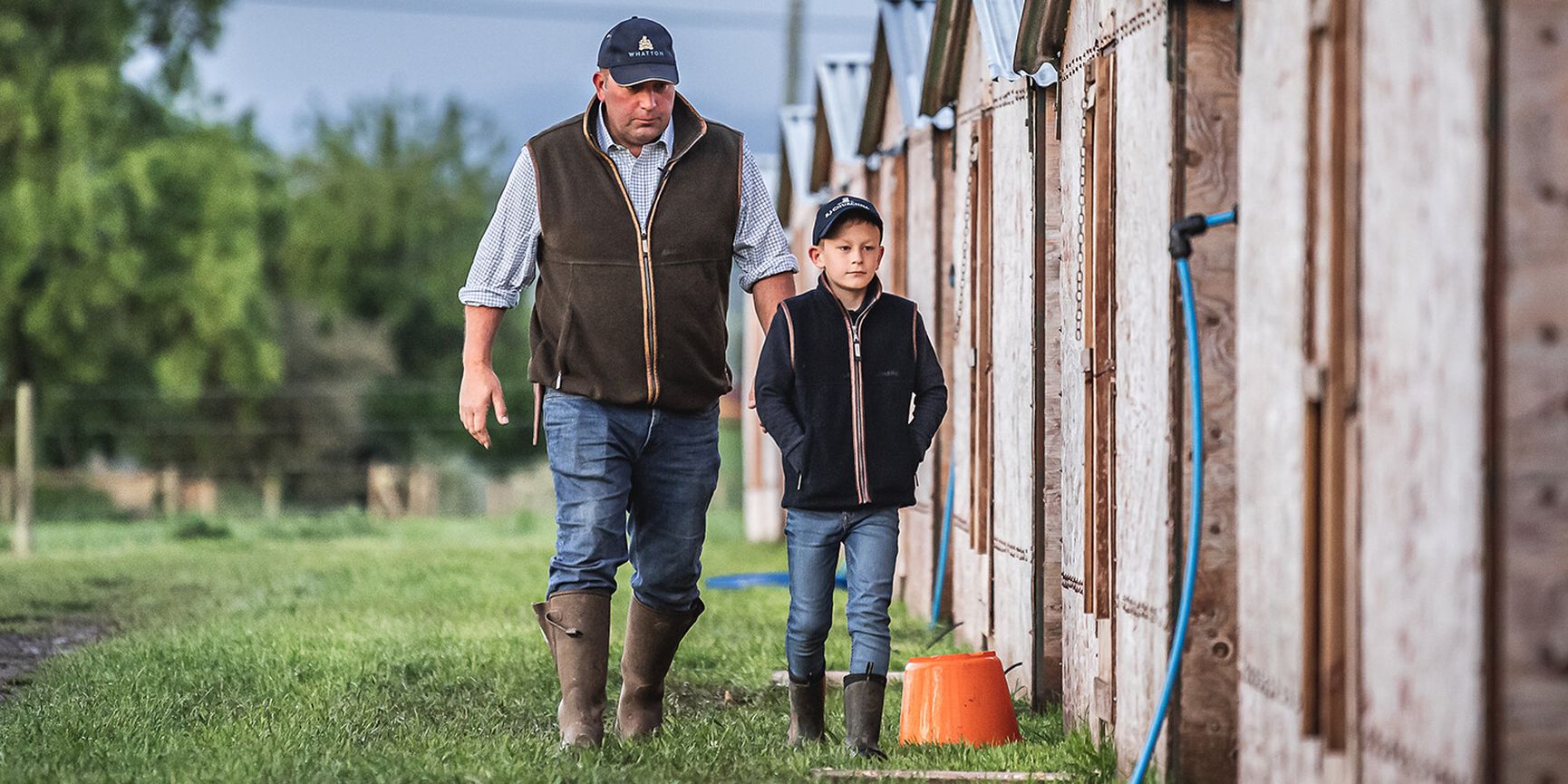
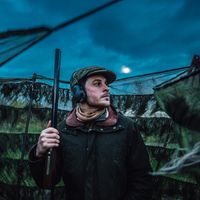
What's it like to be a gamekeeper in Spring
Meet Matt
Matt Tipping is the Gamekeeper of Whatton House, Leicestershire, and has been a gamekeeper for over 30 years. Over the next year we will follow Matt as he shows us what his work entails, his conservation efforts, and his passion for the countryside and fieldsports. Gamekeeping is all Matt has ever known, with his Father being a Gamekeeper for 45 years, he has been immersed in this life and lifestyle for as long as he can remember.
If there’s such a thing as a slightly quieter period in the diary of a lowland gamekeeper, this is it - spring is a time to take stock, reflect on the season past and make plans for the year ahead. That said, there’s still plenty to be cracking on with…
Central to Matt’s role is practical countryside management and providing game and wildlife with the key things they need to survive and thrive: shelter, food, quiet areas and relief from predation. ‘It’s about achieving a balance and improving the environment as a whole - and, as is the case on so many farms and estates up and down the country, it’s the shooting that provides the means to achieve that.’
Where did it all start, Matt? How did you become a gamekeeper?
To be honest, it’s all I’ve ever known. Dad was a keeper for 45 years, so I’ve been immersed in this way of life for as long as I can remember. After leaving school I enrolled on the Youth Training Scheme and then became a beatkeeper at Place Newton in the Yorkshire Wolds. I worked with my old man there for 22 seasons.
How has your career developed since? Where are you based now?
After leaving Place Newton in 2013, I spent seven seasons working single-handedly at North Lodge Farm in Nottinghamshire - a 900-acre family shoot where the focus was as much on wildlife as it was on game. I really enjoyed working with both reared and wild game there, and built the stock of wild grey partridges from two pairs to 22. This was recognised in 2015 when we placed third in the Purdey Awards. In the spring of last year, I moved to the 2,000-acre Whatton House estate in Leicestershire. It’s an exciting new project for me.
How was your first season in the new job?
Different! I started here in March 2020, just before the first Covid lockdown was announced. At that point, we had decided to go ahead with a fairly normal schedule of shooting, having no idea how things would play out further down the line. A few months later and the whole rearing field went up in flames - literally! We managed 18 of the 28 planned shoot days between the lockdowns. Despite this, I already find myself with a great team of friends of helpers who not only add to the craic in the beating line but give me a hand when they can with pen building, bitting, catching up and dogging-in. There’s a real sense of community here.
In a few sentences, can you sum up your role and what it involves?
It’s very varied throughout the year, but central to my role is practical countryside management and providing game and wildlife with the key things they need to survive and thrive: shelter, food, quiet areas and relief from predation. Really it’s about achieving a balance and improving the environment as a whole - and, as is the case on so many farms and estates up and down the country, it’s the shooting that provides the means to achieve that.
What part of the job do you find most rewarding and enjoyable?
It’s difficult to pick just one aspect. When everything clicks on a shoot day and it all comes together, that takes some beating. I also find it rewarding to see the other wildlife about the shoot, whether that’s a a hare with her leverets, a brood of wild greys or a cloud of finches lifting from a well-managed game cover crop. The people involved make the job what it is, though. Those who come together throughout the year to lend a hand on the shoot do it because they enjoy it, and there are some real characters!
Have you any hobbies or interests that don't relate to fieldsports?
My wife, Caroline, is laughing in the background at this - not because I have a penchant for ballet or tiddlywinks, but because shooting really is my life and all of my hobbies revolve around it. I enjoy spending any spare time I have with my 10-year-old son, John - he’s learning to shoot this year and seems to be hooked already! On a quiet Sunday afternoon I’ll sometimes watch the F1, and before I had a family I did a fair bit of clay shooting and stickmaking.
What are your plans for the future at Whatton House?
There’s a lot to get my teeth into here. Building on and improving habitat on the shoot will be a priority. The woodlands are currently being thinned, which will improve their structure by allowing more light to reach the lower layers. And with the help of Oakbank Game and Conservation, the plan is to establish a network of permanent wild bird cover that provides year-round food and shelter. We also have a number of ponds and wetland areas that I’d like to enhance for wildfowl and waders. All the while I’ll continue to experiment with existing drives while considering options for new ones. Ultimately, I’d like to be in contention for the Purdey Awards by 2025 - I have unfinished business there…
In early spring, nature’s cupboards are bare and we’re waiting for the arrival of new growth, warmer weather and some natural food to give everything a boost. The permanent game cover strips and feed hoppers dotted about the estate come into their own at this time. Lots of birds make use of them, from pheasants and partridges to tree sparrows and yellowhammers, stock doves and robins… you’d be amazed at how many species I can count around the same feeder.
Spring is a good time to be thinking about new cover crops. I work with specialists who can advise on the best cover crops to suit the conditions, making sure they fit in with what we want to achieve and any farmland stewardship options. Habitat is key to any shoot and makes all the difference to how well birds hold and how easy it is to drive them on a shoot day.
The first few weeks of March see the last few Saturdays of roost shooting here at Whatton. Those who have helped on the shoot throughout the year are invited to stand in one of the woods or spinneys for a few hours before dusk and shoot the woodpigeons as they come in to roost. With everyone spread across the estate, the birds are kept on the move and reasonable numbers can be accounted for. It’s a useful but unpredictable method of control influenced by factors like the weather and the crops being grown in the area. This year, one evening in particular stood out for me… In gale-force winds, my 10-year-old son, John, accounted for his very first pigeon - neither of us will forget that one anytime soon. He’s now well and truly hooked and has a string of shooting lessons marked on the calendar!
Before the last of the roost shoots, and after discussing next season’s plans with the boss, I place my order for pheasant and partridge chicks with the game farmer. I can choose the strain of pheasant and roughly when they’ll arrive. I tend to stick with blacknecks and bazanties because they usually hold well and the end product for the table is very good.
On the habitat front, we’ve also been busy in the woodlands, thinning out a lot of the ash that has ash dieback disease. We’ve used this as a chance to open up the canopy in other areas of the woodlands, too, which allows light to reach the lower layers and improves the cover at ground level. As an added bonus, I now have a few more potential places to stand Guns on a shoot day.
As we approach the breeding season for all manner of game and wildlife, predator control is high on the list of priorities. I pay particular attention to magpies and carrion crows, using Larsen traps that can be moved between areas to reduce their numbers before the shoot turns into a maternity ward and eggs and chicks appear on their menu. As we’re near the M1 corridor, we see a lot of corvids here. These traps are checked every day and can be very effective.
Foxes also need to be managed. Most of my fox control here is done with a rifle and lamp at night. During spring, the cover is generally still low enough in many areas to make this a worthwhile exercise. The brown hares and lapwings here really do benefit from a well-managed fox population - it gives them a chance to successfully rear their young.
By May there’s more natural food around and, with the ‘hungry gap’ behind us, I bring in the feed hoppers to be sorted for washing. In a normal year, the feeders would join all the rearing equipment on the list of things that need a thorough clean before being used again; everything has to be sterilised, the gas lamps are checked and serviced, and waterlines are inspected in preparation for the arrival of the pheasant chicks. This year, however, it’s been a little different for us, as the whole rearing set-up went up in flames last year.
Setting up the rearing field is a big job in spring and one that can’t be rushed. I’m lucky that we have a great team of volunteers here who not only lend a hand in the beating line during the season but enjoy helping out with other tasks throughout the year. Their help with big jobs like setting up sheds and pens is invaluable. And we have a good laugh while we do it!
I’m always thinking ahead in spring to jobs that I might not have a lot of time for come the summer when I’m fairly tied down by the birds on the rearing field. Fixing damaged release pens is one such job. We had a few big branches down over pens during winter. With the help of a few friends, I’ve fixed these and made sure they’re secure enough to keep predators out and the pheasants in when the latter are taken to wood at the age of seven weeks.
While all this is going on, the dogs can enjoy a bit of a breather. Sometimes they’ll join me when I’m out and about but mostly they’re given a rest during spring, having spent a busy winter in the beating line with me or my wife, Caroline. We don’t let their fitness deteriorate completely, though, as before we know it they’ll be out again with me ‘dogging-in’ - more on that next time…
And finally, I can’t wrap this up without mentioning a very new task that we’ve taken on this spring in the shape of three foxhound pups: Bible, Biscuit and Bishop. These born mischief makers will stay with us until they’re returned to the hunt pack at the age of eight or nine months old. Our job as ‘puppy walkers’ in the meantime simply involves introducing them to different sights, smells and experiences. At least, I wish it was simple - they’ve got a lot of character and not a small amount of energy and will!
Until next time.
Matt Tipping
